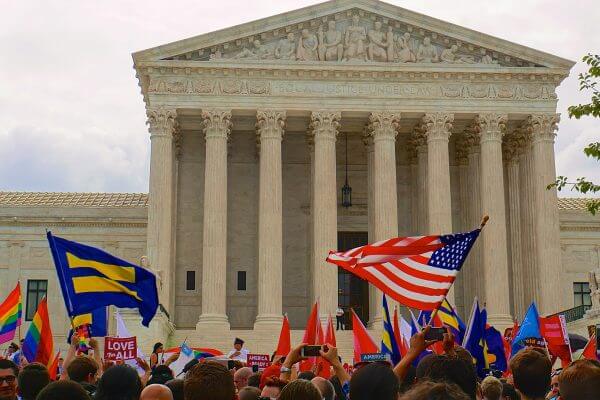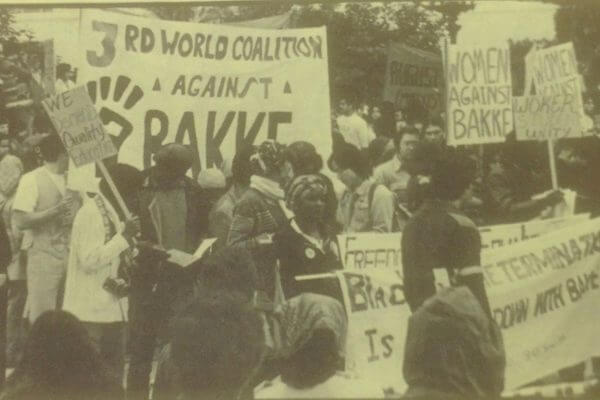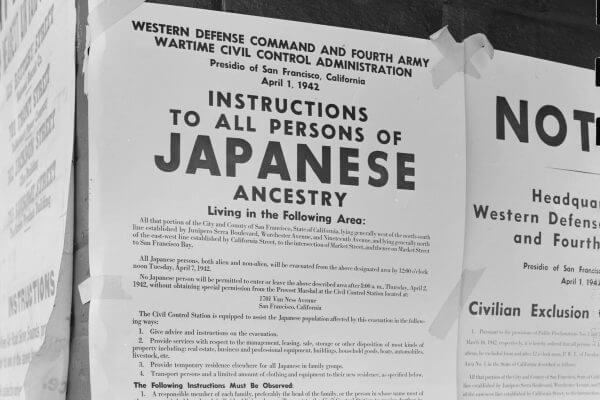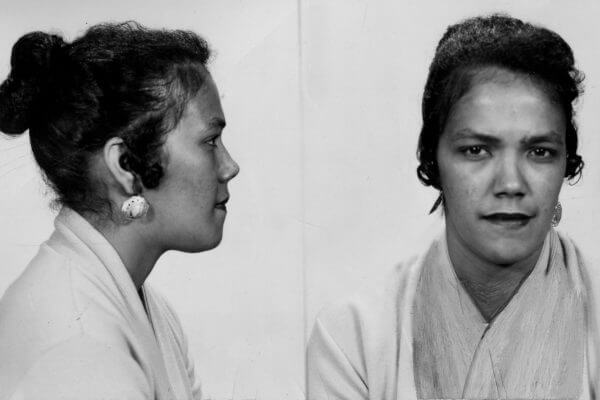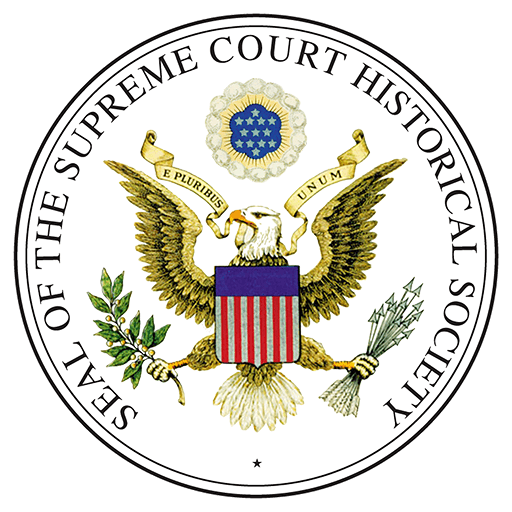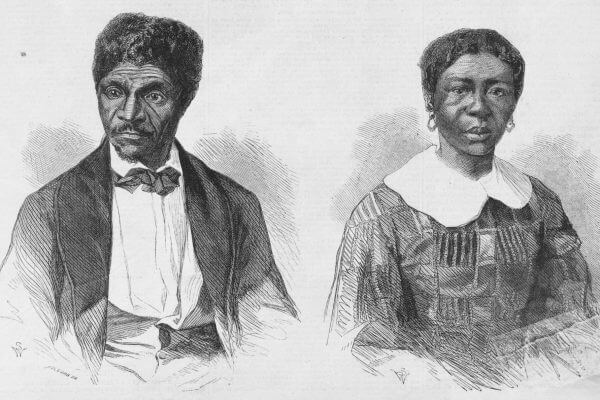
Dred Scott v. Sandford (1857)
Enslaved People Are Not Citizens and Cannot Sue
A wood engraving of Dred Scott and his wife Harriet Scott by John H. Fitzgibbon, St. Louis.
Photo Credit: Wood engravings after photographs by Fitzgibbon, St. Louis, Public domain, via Wikimedia Commons
Overview
In 1834, Dred Scott, an enslaved person, was purchased in Missouri and then brought to Illinois, a free (non-slave) state. He later moved with his enslaver to present-day Minnesota, where slavery had been recently prohibited, and then back to Missouri. When his enslaver died, Scott sued the widow to whom he was left, claiming he was no longer an enslaved person because he had become free after living in a free state. At a time when the country was in deep conflict over slavery, the Supreme Court decided that Dred Scott was not a “citizen of the state” so it had no jurisdiction in the matter, but the majority opinion also stated that Dred Scott was not a free man.

A wood engraving of Dred Scott and his wife Harriet Scott by John H. Fitzgibbon, St. Louis.
Photo Credit: Wood engravings after photographs by Fitzgibbon, St. Louis, Public domain, via Wikimedia Commons
"We think they [people of African ancestry] are . . . not included, and were not intended to be included, under the word ‘citizens’ in the Constitution, and can therefore claim none of the rights and privileges which that instrument provides for and secures to citizens of the United States."
- Chief Justice Roger Taney, speaking for the majority
Learning About Dred Scott v. Sandford
Students
This section is for students. Use the links below to download classroom-ready .PDFs of case resources and activities.
About the Case
Full Case Summaries
A thorough summary of case facts, issues, relevant constitutional provisions/statutes/precedents, arguments for each side, decision, and case impact.
Case Background and Vocabulary
Important background information and related vocabulary terms.
Learning Activities
Teachers
Use the links below to access:
- student versions of the activities in .PDF and Word formats
- how to differentiate and adapt the materials
- how to scaffold the activities
- how to extend the activities
- technology suggestions
- answers to select activities
(Learn more about Street Law's commitment and approach to quality curriculum.)
About the Case
- Full Case Summaries: A summary of case facts, issues, relevant constitutional provisions/statutes/precedents, arguments for each side, decision, and impact. Available at a high school and middle school levels.
- Case Background: Background information at three reading levels.
- Case Vocabulary: Important related vocabulary terms at two reading levels.
- Diagram of How the Case Moved Through the Court System
- Case Summary Graphic Organizer
- Case Summary Graphic Organizer - Fillable
- Decision: A summary of the decision and key excerpts from the opinion(s)
Learning Activities
Teacher Resources
Teaching Strategies Used
Planning Time and Activities
If you have ONE day...
- Read the background summary (•••, ••, •) and answer the questions.
- Use the Tracing Dred Scott's Travels activity to help students understand the facts of the case.
- Complete the Classifying Arguments Activity. Discuss which arguments the students find most convincing.
- For homework, have students read the Key Excerpts from the Opinion and answer the questions. Follow-up the next day by reviewing the questions with students.
If you have TWO days...
- Complete the activities for the first day.
- On the second day, discuss the majority opinion and questions. Compare the Key Excerpts from the Majority Opinion with the Key Excerpts from the Dissenting Opinion.
- Complete the Abraham Lincoln Speech Analysis and Frederick Douglass Speech Analysis Activities.
- For homework, have students complete the Visit Dred Scott's Memorial activity.
If you have THREE days...
- Complete the activities for the first and second days (excluding Day 2 homework).
- On the third day, complete the Editorial Analysis Activity
- Next, complete the Visit Dred Scott's Memorial Activity
If you have FOUR days...
- Complete the activities for the first, second, and third days.
- Complete Applying Precedents Activity: United States v. Won Kim Ark (1898)
Glossary
These are terms you will encounter during your study of Dred Scott v. Sandford. View all Glossary terms here.
Related Cases
Legal Concepts
- These are legal concepts seen in Dred Scott v. Sandford. Click a legal concept for an explanation and a list of other cases where it can be seen. View all Legal Concepts here.
